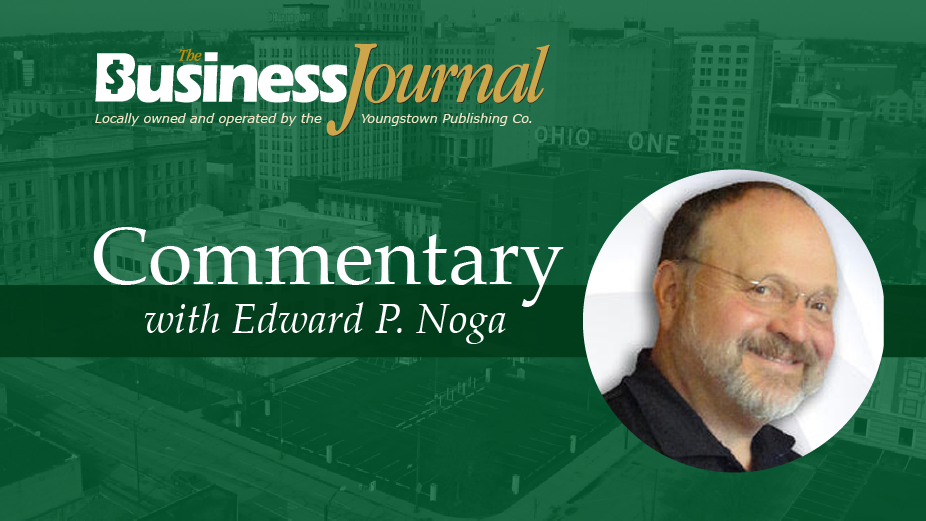By Edward P. Noga
YOUNGSTOWN, Ohio – We take a bus, get into our cars, buy a plane or train ticket and away we go in our wonderful country. We are truly blessed with so much that expands our horizons while making our world smaller.
Yes, we know that science and technology have taken us to new heights, including the moon. We are also aware that we need to use all we have learned in a studied and cautious way. How often we hear that what we do now affects future generations.
We have the opportunity to learn from our past. We are blessed that historians and historical organizations share their research for our benefit. How often we pass the museums and libraries brimming with history.
Often a casual stop at such places for a specific reason draws us into a whole new world. We can only get so much from our laptops. We get much more when we invest our time into the areas that remind us of where we’re from.
I remember a few years back a family trip to Westfield, N.Y., (just two hours from Youngstown) for some winery stops and a visit to Lake Chautauqua. Little did we know that Westfield is the home of Welch’s grape products and also the site of a very famous visit by Abraham Lincoln on his way to the nation’s capital for his inauguration.
The quaint town nestled among New York’s many vineyards has beautiful tree-lined streets and small shops in its central business district, including a fabulous pie shop. Folks from the region line up there each day, long before the shop opens.
A stop at the magnificent library near town center opened a whole new world to us Ohioans. Now we find ourselves telling family and friends to take a day trip (or stay overnight at a B&B) and enjoy a part of our nation that makes up part of the wonderful quilt of pioneer history.
In our own northeastern region of Ohio, we know some of the basics of this history, such as:
• In 1796, Moses Cleaveland founded Ashtabula and that its harbor on Lake Erie was the first to be surveyed on the Great Lakes.
• Also in 1796, John Young, a surveyor and pioneer from New York, bought land in the Mahoning River Valley and settled here with his wife and friends David Hillman and Daniel Shehy.
• In nearby Pennsylvania, William Budd and Frank Buhl (the founder of Sharon Steel) settled in what is now Sharon.
• In 1798, Irish immigrant Thomas Fawcett purchased 1,100 acres along the Ohio River, which we now know as East Liverpool.
• Also in 1798, Ephraim Quinby bought 441 acres and named the town Warren, after Moses Warren who surveyed much of what was then known as the Western Reserve of Connecticut.
From just a cursory glance at the history of the late 1790s, we can visualize the constant influx of pioneering immigrants who travelled here – much later from the Statue of Liberty – and then westward to begin new families and new lives.
I remember, when stationed at St. Patrick’s on Youngstown’s south side, that we walked the sixth-grade civics class down Oak Hill Avenue to Oak Hill Cemetery. Each student was given a city street map, was paired with another student, then sent up and down the cemetery hills. As they passed the various tombstones and mausoleums, they were asked to see if they could find a matching street name.
The class concluded with a good picnic lunch across the street and then we walked back to school. Each student was then given a week to research two of the names on their list and give a report.
The next week, their reports were shared, then posted on a large hallway bulletin board around a large map of northeastern Ohio.
The connectedness with our past, both as families and communities, is an enriching part of who we are.
Searching out what has brought us to this very day is a journey that often is as surprising as it is educational.
Enjoy the ride from the lake to the river.
